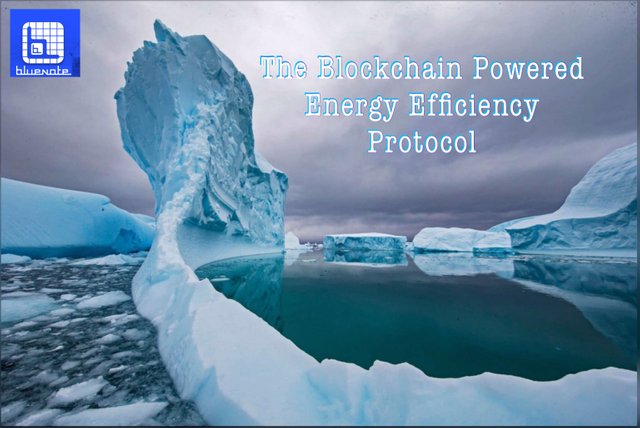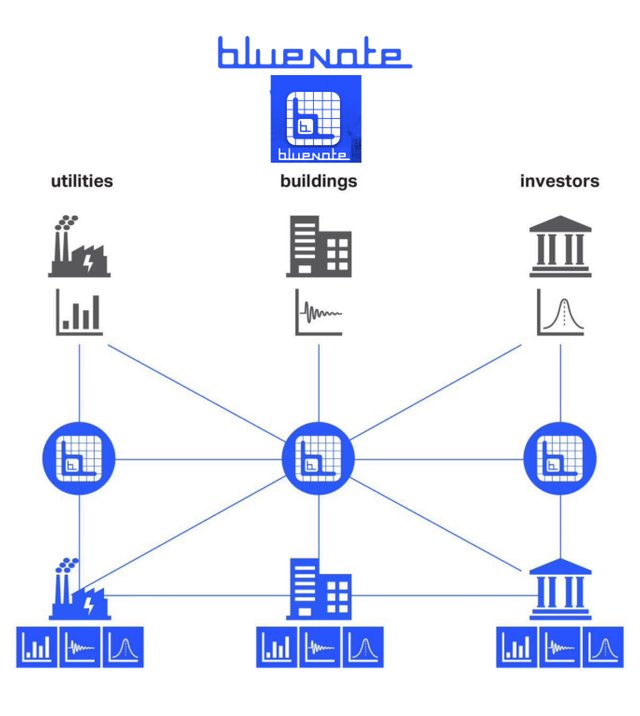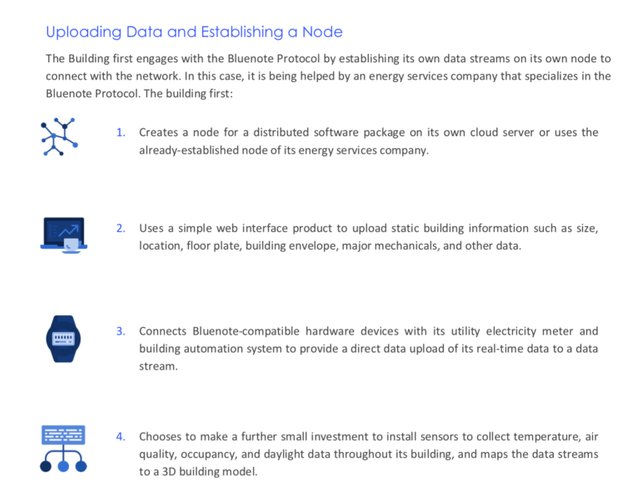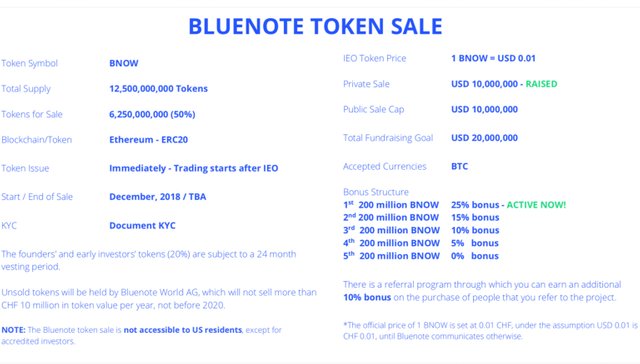How Blockchain Technology Factors into the Reduction of Greenhouse Gases.

Greenhouse Gas Emission
As a result of a general scientific consensus that human activities are the major drivers to the prevalent climate change, the need for a well disposed means of recycling the various human wastes that results to greenhouse gas emissions has arisen. Sustainability which involves not just the adoption of the latest energy-efficient technologies or turning to renewable sources of power, but the engagement of a subtle approach to manage and maintain the emission of greenhouse gases into the atmosphere. As is our responsibility to ensure a well suited environment with much cleaner air for the next generation to come.
“If we can reduce the friction in the energy efficiency market, prove that efficiency strategies work, and demonstrate the impact of improved energy performance on asset value, we will be able to drive a market-based solution to reducing greenhouse gas emissions.”
- Bluenote Project Team
The Effects of Global Warming on the Climate
Global warming refers to the prolonged rise in the earth’s surface temperature. Basically an increase in the average temperature of the earth’s climate system, an aspect of climate change shown by temperature measurements and by multiple effects of the warming. As often confused with the term “climate change”, “global warming” basically refers to the human induced pollutions into the atmospheres, climate change refer to not just global warming but also the effects that follows afterwards.




Although the term "climate change" refers to a change in climate that persists over a sustained period of which includes increase in global surface temperature (global warming), changes in rainfall patterns, and changes in the frequency of extreme weather events. According to The World Meteorological Organization this period of time is defined as 30 years. Changes in climate may be due to natural causes, e.g changes in the sun's output, or due to human activities, e.g changing the composition of the atmosphere through the release of toxic agents. However any human-induced changes in climate will occur against a background of natural climatic variations and of variations in human activity such as population growth on shores or in arid areas which increase or decrease climate vulnerability.




The Bluenote Smart Technology Protocol
Bluenote is the first decentralized and distributed data intelligence protocol designed specifically as a modern day real-estate energy emission reduction solution. As an energy efficiency protocol built upon the underying blockchain technology, the Bluenote Smart Protocol is one with an open and transparent access that permits the sharing of such building data analytics in relation to each buildings’ energy maintenance schematics channeled towards the reduction of greenhouse gas emissions that result from these buildings’ energy use. With a software based Protocol that allows for it to be easily hooked into new applications as well as already existing energy technologies on modern day building structures around the globe. Bluenote aims to establish an all new foundation for long-term trustable quantification of energy efficiency to unlock policies ensuring a well regulated market.

Evidently there has being significant adoption of blockchain technology in energy sector yet the idealism of the Bluenote project team is the first of its kind since the solutions it proposes aims to tackle problems from various sectors IFB the economy as energy, real-estate, health and environmental maintenance. Seemingly there exist a lot of other blockchain solutions in the energy industry but while the pioneer projects focused primarily on how to tokenize energy trading, Bluenote creates a new revenue stream for real-estate managers as it introduces an entirely new market for decentralized energy efficiency data services in buildings.
How does it really works?
The Bluenote Protocol has taken into consideration the importance of energy efficient data and with this notion at heart the team behind the Bluenote Smart Protocol believes in a decentralized platform, having an independent governance, anyone is able to verify and value data and results, allowing for a new, global trust in energy efficiency.
The Bluenote Smart Ecosystem is designed as a network of interconnected nodes with each node representing a client building with pre-packaged data resources and services which is being recorded on a distributed but transparent ledger. And by transparent it means this ledger; which is built upon the Ethereum Blockchain is readily accessible to all subscribers on the platform only for a token fee. The Bluenote Protocol is only but a consensus that tends to initiate and facilitate a semblance of a business partnership and co-operation between and among the various nodes on the ecosystem. The partnership schema is slated strictly on the basis of shared data such that each node allows for the extraction of data from silos in a standardized form from buildings they represent. This data are afterwards uploaded to specialized data streams (node) that are each accessible only per permission by the broader network maintaining ultimate anonymity of the building(s) involved. Based on the data extracted, building contractors and administrator support can easily contract analytics and efficiency services via a market-hub of software modules. These software modules leverages the knowledge-base of the vast database readily available within the network to expose simple and complex building-specific services such as benchmarking and continuous-commissioning analytics mechanisms by simply identifying trends, characteristics and performances that produces the best results, storing these resources on a specific node on the network and routing the location of the buildings’s data stream to another prospective building.
Commercial building Owners and Institutional banks who are the key investors of such real-estate projects as well as other third party proxy such as Regulatory Bodies are majorly the target clients for the Bluenote Energy Efficiency Protocol.

How would the Bluenote Protocol be useful in the future?
Infact over 33% of the global climate changing greenhouse gases emanate from residential, industrial and commercial building and the electricity they consume according to a research conducted by the United Nations Environment Program (UNEP) and since the energy use, operational cost as well as asset value data of these buildings are not readily available, this tends to make the task of determining an optimal energy efficiency solutions erroneous.
“When buildings use less energy, they can lower their operating costs and become significantly more valuable. In fact, reducing their emissions by reducing their energy consumption may unlock more than $6.5 trillion in global asset value so why hasn’t that happened yet?”
- Bluenote
Since Third party agents such as Utilities, Regulatory Bodies and Lenders who require certain efficiency performance for administrative reasons searches for such buildings data conventionally by conducting a separate audit and/or evaluation before they can come up with such. On the Bluenote platform these data are readily available in the form of Attribute Modules for purchase for a small commission but only with the in-house BNOW tokens. Hence saving these third party proxy a whole lot of headaches physically and financially, on the other hand serving as a revenue stream for the other party.
Imagine an ecosystem that allows for an interconnected network of shared buildings construction data and resources on how to curtail excess energy waste emissions into the atmosphere. One that is cost effective as it is capable of producing an enormous, direct and continuous cost saving by reducing these energy costs.
